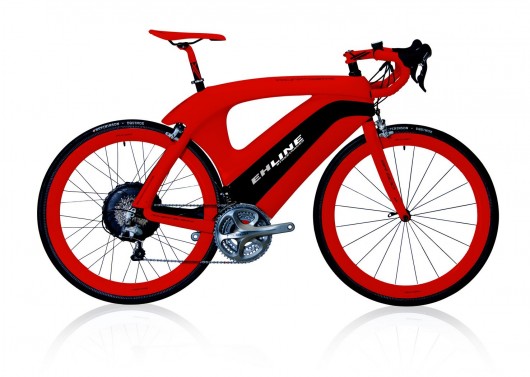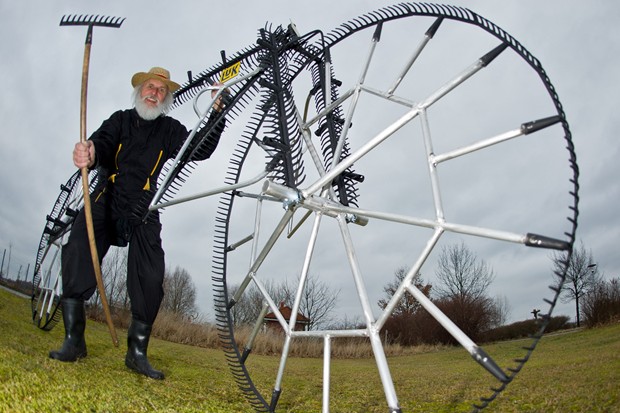Believe it or not, I’m actually trained in the art of English writing. Like I have a few degrees. I can tell you, for instance, that my previous sentence isn’t really a sentence in the proper, independent clause sense, but rather a “fragment” or dependent clause that can’t stand on its own as a sentence, but has found itself sitting there, pretending to be a sentence, either because its author doesn’t know what the hell he’s doing, or for effect (I’m guessing the former).
I mention this because once upon a time I tutored professional college athletes at the University of Pittsburgh, including a few guys who went on to play pro ball. I have no idea what bovine growth hormones they were putting in these guys’ steaks, but if you paid attention, you could literally hear the freshmen linemen getting bigger and bigger each week, based on the sound the elevator made straining to get them to our floor and the reverberations through the building as they came down the hall.
The thing is, every one of these guys tended to be more humble than I’d expected, given that they’d often just been through the courtship of their lifetime and were generally regarded by the entire school as not just students, but financial assets. One likened the experience to being treated like the proverbial “piece of meat,” but told me it only drove him to focus even more on his studies. All things considered, they were remarkably level-headed guys, which is something that came to mind when I found this article about Taylor Lewan, a six-foot-eight, 302-pound offensive tackle at Michigan, who rides a tandem around campus, usually with somebody else.
Lewan was interviewed recently by Michigan’s MGoBlog, and the subject of his bike appeared to be a bit distracting for the individual conducting the interview. Granted, this isn’t the world’s go-to-source for hard-hitting journalism and it’s not like major news sources have run with this as a story or anything, but tandem fascination has clearly gripped the world of college football.
Lewan is a goofball, no doubt, and to act like he’s only riding the bike around to get places would be to ignore his sense of humor, but, all comedic intent aside, he is actually using the tandem to get around campus, and it’s not something he takes out only occasionally for giggles. In fact, given all the comic fascination, his straight and simple responses in this interview seem to suggest he has real talent as a straight man when need be, but also that he simply likes his bike. Riding it isn’t only about joking around, and that’s clearly tough for his interviewer and everyone who’s picked up this story to get their heads around.
“I do. I ride a twosy bike. That’s not leaving Ann Arbor. I’m keeping that twosy bike.”
Is there ever someone on the back?
“Oh yeah. I give rides. I carpool. I ride with a couple guys. Drew Dileo’s in the back of the thing all the time. You guys know Chris Brown from hockey. He’s on there, too.”
Is the weight distribution an issue?
“No. There’s really no problem with that. Do you have any more football questions at all?”
What has Elliott Mealer done this spring to move into the left guard position?
“Elliott Mealer’s a fifth year senior. He’s been through two coaches. He knows football. He gets it. Coming in, I think he’s doing a phenomenal job. I have 100% confidence in him. If he’s the guy I play next to in the fall, I’ll be excited about it.
“Anything else? You guys just want to talk about the tandem bike. I get it.”
When’d you get it?
“A couple weeks ago.”
Where from?
“There’s a place on North Campus called Midwest Bike & Tandem … I’ve always wanted a tandem bike, a twosy. So I had to get it.
“Do you have any other football questions?”
No.
“You good? Okay you guys have a great day.”
So yeah, I’m sure Lewan and his roster of passengers are plenty aware of the comedic effect of the tandem, but they’re also not riding the thing in parades here. It’s serving a purpose. The weird enthusiasm of the person conducting the interview took me back to my days with the guys at Pitt. Gifted and in demand or not, they tended to need to concentrate twice as hard just to function, given all the bullshit constantly surrounding them, and they had to put up with the more bizarre forms of scrutiny. Sometimes, they even had to be the adults.
So why do college athletes get attention for even the simple stuff? I think it’s intentional, a kind of mind-numbing media hazing designed to prepare them to answer the tough questions later in life with simple “fuck you” answers like, “I’m just taking it one day at a time,” “I can’t say enough good things about this team,” and “Yeah, I ride a bike.”
Funny or not, the Lewan interview reminds us there are still a lot of places in America where you’re expected to explain why you ride a bike, instead of having to explain why you don’t.



















